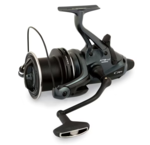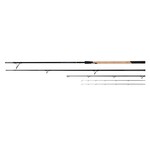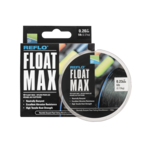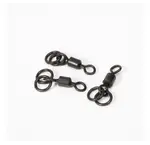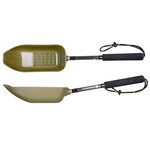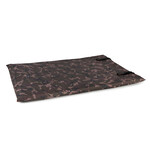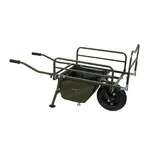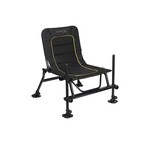Barbel
 Reels
Reels Rods
Rods Fishing Line
Fishing Line End Tackle
End Tackle Bait accessories
Bait accessories Bait
Bait Rod Rests & Bite Alarms
Rod Rests & Bite Alarms Unhooking – Weighing – Storing
Unhooking – Weighing – Storing Luggage
Luggage Bedchairs – Chairs – Brollies
Bedchairs – Chairs – Brollies

Barbel Fishing in the Netherlands Starts at FlohPro – We Have Everything You Need for Your Barbel Adventure!
Are you ready for the strongest fish in Dutch rivers?
Barbel fishing has become increasingly popular in the Netherlands in recent years. This fish, with its mysterious head, is incredibly strong and delivers a true sporting battle during the fight.
At FlohPro, we offer a complete range of angling gear specifically focused on barbel fishing, so both beginners and experienced barbel anglers can succeed. You can find our selection here.
Our team of specialists also has the necessary knowledge for catching this increasingly popular and powerful fish and can provide you with the essential tips & tricks.
What Exactly is a Barbel?
The barbel (Barbus barbus) is a fish native to fast-flowing rivers. It can grow up to 90 cm in length and is known for its incredible fighting power. It is used to swimming in strong currents, and once hooked, it shows its strength. This power makes the fish very popular among anglers. As water quality continues to improve, the barbel population is also thriving, making targeted fishing more effective.
Why is Barbel Fishing So Exciting?
Powerful Fight – There’s no other coarse fish in the Netherlands that fights this hard.
Active Fishing Style – You’ll need to work with the current, so it’s far from passive.
Adventurous – The large rivers and strong flows make this style of fishing a real adventure.
How Did the Barbel Make a Comeback?
Thanks to projects like Room for the River (Ruimte voor de Rivier) and the construction of fish passages, the barbel population has been recovering since the early 2000s. Today, they are widespread throughout Dutch rivers. Especially in rivers like the Waal, IJssel, Meuse (Maas), Lower Rhine (Nederrijn), and the Grensmaas, healthy populations can now be targeted.
Popular Barbel Fishing Spots:
Waal near Tiel, Zaltbommel, and Nijmegen
Grensmaas near Borgharen and Meers
IJssel near Zutphen and Doesburg
Meuse near Roermond and Lith
Make sure to use the Visplanner app to check where you’re allowed to fish with your Vispas.
The Perfect Setup for Barbel Fishing
Barbel fishing means using strong and reliable gear – it must be able to handle the power of the current, the strength of the fish, and the use of heavy leads. Here are our recommended equipment options:
Barbel Rods
A barbel rod is a type of feeder rod suitable for casting weights up to around 180 g. Most common lengths are 3.6–4.2 meters – ideal for long-distance casting, keeping your line clear of rocks, and maintaining control during the fight.
Explore our full range of barbel rods here.
Barbel Reels
A good barbel reel needs a strong, reliable drag system and a large spool for long casts. Size 4000–5000 models are generally ideal for this type of fishing.
Check out our top selection of barbel reels.
Lines and Terminal Tackle
Your mainline needs to be tough – river environments are harsh. Rocks have sharp edges and are often covered in zebra mussels, which are like razor blades.
Browse our barbel lines here – or visit our Experience Center in Apeldoorn for personal advice.
Barbel fishing also requires specific terminal tackle. From barbel hooks to bait feeders – here you’ll find everything you need to confidently fish for Barbus barbus and turn bites into landed fish.
Rod Rests / Rodpods
A solid rod rest is essential for barbel fishing – ideally a tripod or rodpod that lets you keep your rods almost vertical. Single bank sticks often don’t go into the hard ground, which is why tripods are preferred. You can weigh them down, for example, by hanging a bag with stones. They can also be stabilized with rocks, which is crucial due to the often violent takes!
Final Tips:
– Keep your rod high during the fight, especially in the final stage. Barbel tend to dive headfirst into rocks, which can lead to broken hooklengths.
– Always bring a good unhooking mat and soak it with water before placing your catch on it – this way, you can safely return this fantastic sport fish to the water unharmed.


